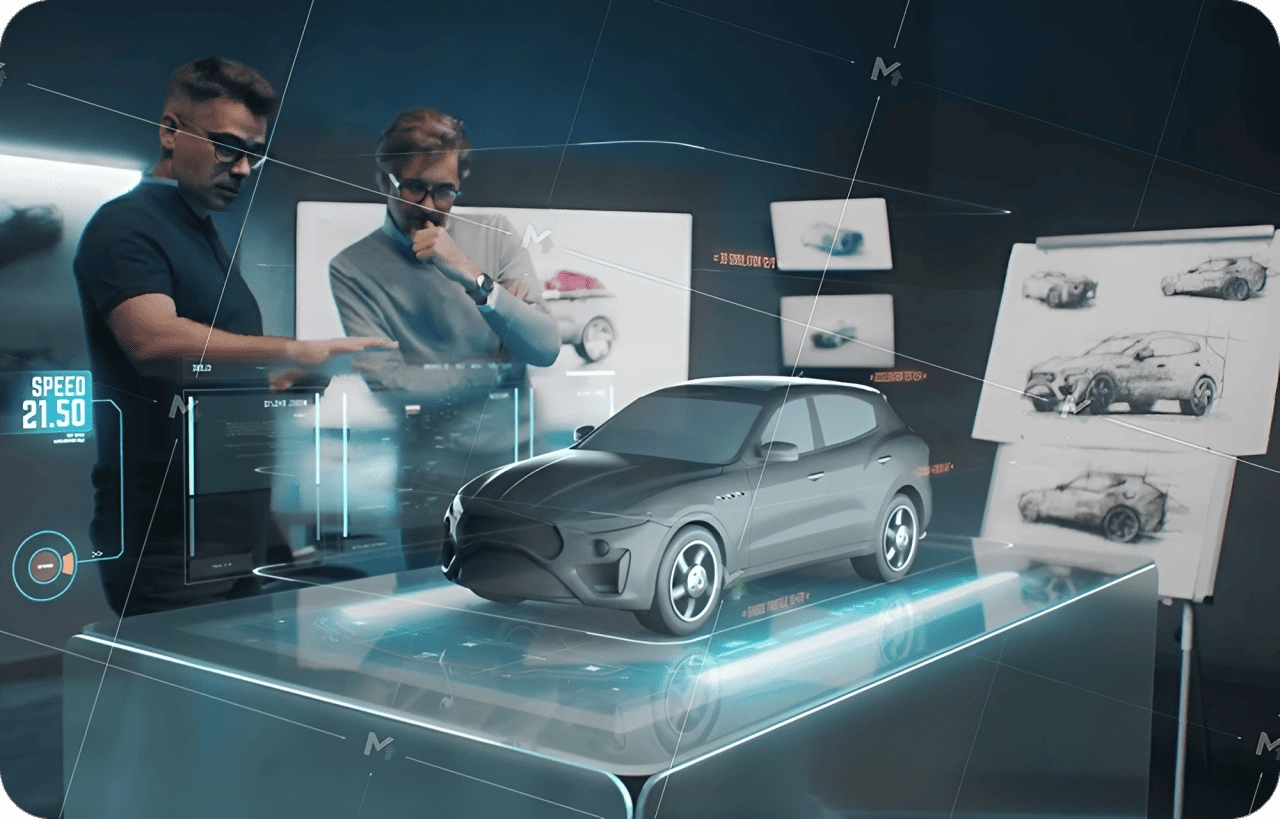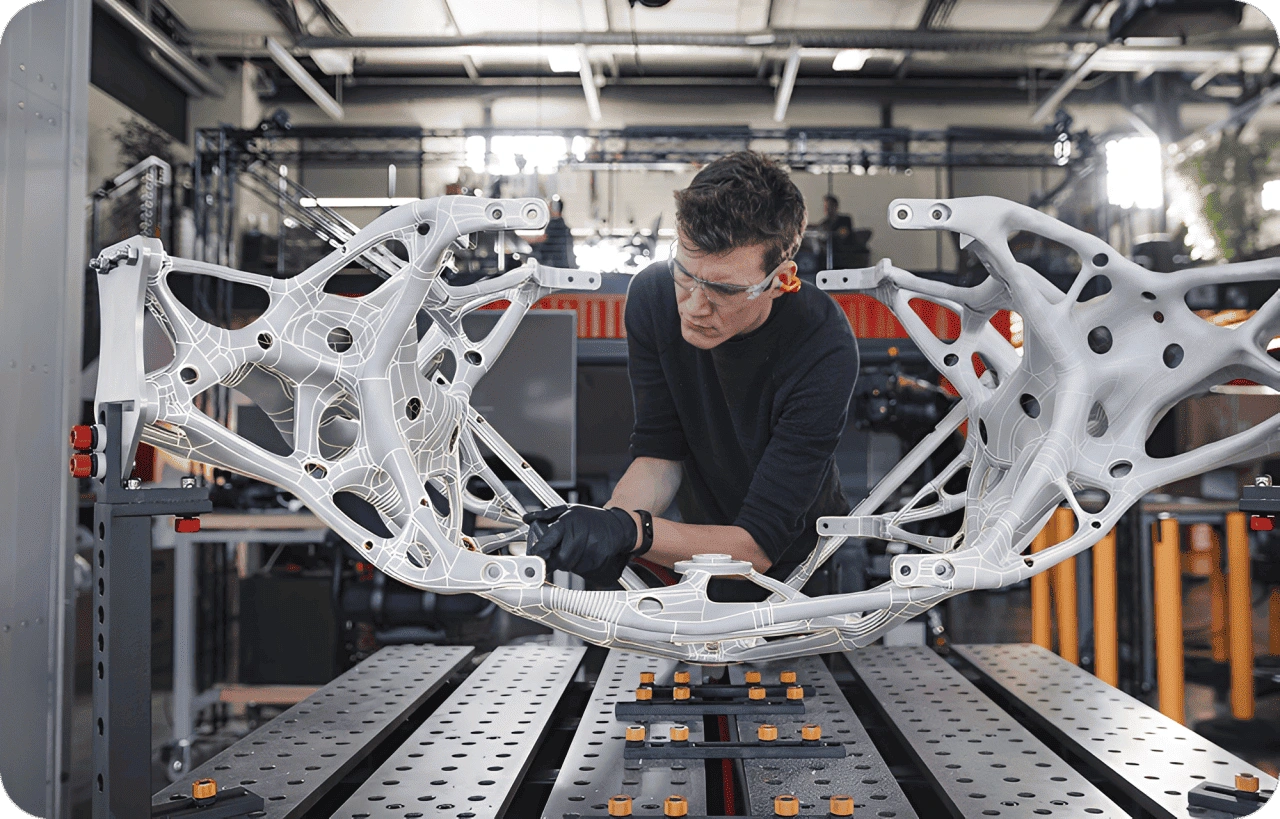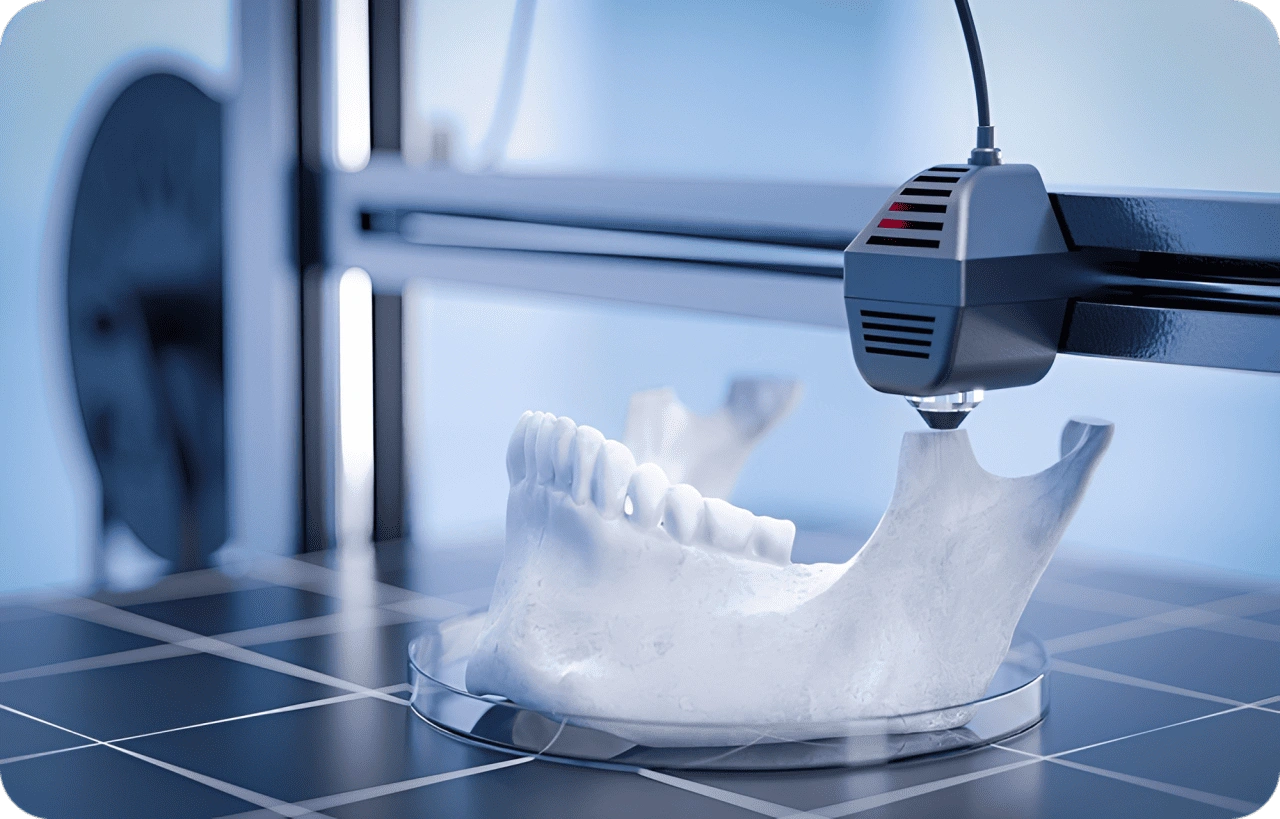3D printing is revolutionizing the automotive industry by enabling rapid prototyping, lightweight parts, and faster design validation. Engineers can now test.
The automotive industry is undergoing a significant transformation, and at the heart of this shift is the growing adoption of 3D printing technologies. Traditionally, designing and manufacturing vehicle components required lengthy development cycles, expensive tooling, and complex supply chains. However, with the rise of additive manufacturing, automakers and engineers can now accelerate innovation by producing rapid prototypes, lightweight components, and functional parts with unmatched efficiency. This capability not only shortens design-to-production timelines but also allows for greater flexibility in experimenting with new ideas and refining them quickly.
Rapid prototyping with 3D printing enables engineers to create physical models of new designs within days, sometimes even hours, instead of waiting weeks for traditional machining or molding. This speed allows for faster design validation, giving teams the ability to test fit, form, and function in real-world conditions almost immediately. As a result, potential design flaws can be identified and corrected early in the process, reducing costs and avoiding delays in bringing vehicles to market.
In addition to prototyping, 3D printing supports the production of lightweight yet strong parts that directly contribute to improved fuel efficiency and vehicle performance. For example, complex geometries such as lattice structures can be integrated into parts to reduce weight while maintaining durability, something nearly impossible to achieve with conventional manufacturing methods. This lightweighting advantage is particularly important as the industry shifts toward electric vehicles (EVs), where reducing weight translates to extended battery life and greater driving range.
Furthermore, additive manufacturing offers customization opportunities, allowing automakers to design bespoke interior components, specialized tools, or limited-run parts for niche markets and high-performance vehicles. On the production side, 3D printing also simplifies supply chains by enabling on-demand manufacturing, reducing the need for large inventories and lowering costs associated with storage and logistics.
Ultimately, 3D printing is not just a tool for prototyping—it is becoming a cornerstone of modern automotive engineering. By enabling faster development cycles, more efficient production, and highly optimized parts, this technology is helping automakers drive innovation forward while meeting the growing demands for performance, sustainability, and customization in the vehicles of the future.



